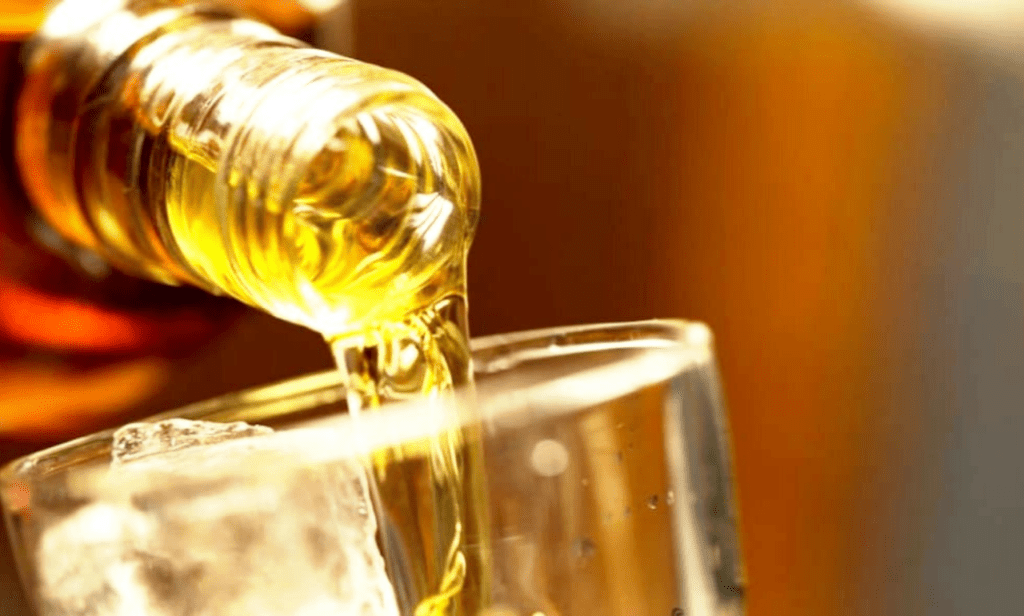
State health leaders in Iowa are sounding the alarm about a hidden danger many adults overlook daily: that glass of wine, beer, or cocktail. According to recent public advisories, alcohol isn’t just a social habit—it’s a confirmed carcinogen directly tied to at least seven types of cancer. Dr. Robert Kemp, an oncology specialist with the Iowa Department of Health, states plainly, “Ethanol breaks down into toxic compounds that damage DNA. There’s no ‘safe’ threshold for alcohol when it comes to cancer risk.”
National data underscores why this message is urgent. The American Cancer Society attributes 6% of all U.S. cancer deaths annually to alcohol, roughly 28,000 lives lost. In Iowa alone, excessive drinking contributes to over 1,200 cancer diagnoses each year. Breast, liver, esophageal, and colorectal cancers show particularly strong links. When ethanol metabolizes into acetaldehyde, it sparks mutations in cells. Combine alcohol with smoking, Kemp notes, and throat cancer risk jumps 30-fold.
Public confusion persists, partly fueled by outdated myths. Some believe red wine’s antioxidants offset harms, but Laura Miller, an epidemiologist at the University of Iowa, dismisses this: “Resveratrol levels in wine are too low to counteract DNA damage. Calling any alcohol ‘protective’ is medically inaccurate.” Studies reveal even light drinkers (one daily serving) face elevated risks. A 2025 JAMA Oncology analysis found women consuming 3–6 weekly drinks had a 15% higher breast cancer incidence than nondrinkers.
Cultural attitudes in Midwestern states like Iowa complicate prevention. With over 55% of adults reporting regular drinking—well above the national average—health campaigns now target “high-risk” moderation myths. “People say, ‘I don’t binge, so I’m fine,’” says Kemp. “But science shows cumulative exposure matters.” The state’s new initiative, “Rethink Your Drink,” partners with clinics to screen patients during check-ups and provide cessation resources.
Real-world impacts hit hard. Take Sarah Jensen, a 42-year-old Des Moines teacher diagnosed with stage 3 colorectal cancer in 2023. “I had two glasses of wine nightly for years—socially acceptable, right?” she shares. “My oncologist said alcohol was likely a key factor.” Jensen now advocates for warning labels on alcohol, similar to those on tobacco products.
Globally, the World Health Organization classifies alcohol as a Group 1 carcinogen, alongside asbestos and radiation. Yet U.S. policies lag. While cigarettes carry explicit cancer warnings, alcohol labels remain vague. Iowa’s health department urges federal action but advises immediate personal steps: track servings, swap alcohol for mocktails at gatherings, and discuss family history with doctors. As Miller emphasizes, “Reducing intake by even one drink daily cuts risk. It’s never too late to make a change.”
Economic pressures add layers to the crisis. Iowa’s thriving $4 billion beverage industry fuels pushback against health messaging. Still, officials stress transparency. “We’re not advocating prohibition,” clarifies Kemp. “But Iowans deserve facts to make informed choices. Silence costs lives.”
Emerging research explores why some drinkers develop cancer while others don’t, citing genetic variations in alcohol metabolism. Trials at the Mayo Clinic track enzymes like ALDH2, which affect acetaldehyde processing. “Understanding biomarkers could personalize risk assessments,” says Miller. For now, the message remains universal: Less alcohol equals lower cancer odds.
Farm communities face unique challenges. Cultural ties to local breweries and high-stress agricultural work normalize heavy drinking. Outreach programs now train rural medics to identify early symptoms—like unexplained weight loss or swallowing trouble—linked to alcohol-driven cancers. “Early detection saves lives,” notes Kemp. “But preventing the trigger saves more.”
Youth education is another frontline. Despite legal drinking ages, 30% of Iowa high schoolers access alcohol. Schools now integrate alcohol-cancer links into health curricula, showing how habits formed young manifest decades later. “Teen brains are especially vulnerable to carcinogens,” Miller adds.
Critics argue lifestyle factors like diet matter more, but data paints a complex picture. Obesity and alcohol synergistically elevate liver cancer risk, for example. Yet alcohol independently causes cancers even in healthy-weight individuals. “It’s about additive risks,” says Kemp. “Eliminating alcohol removes one major variable.”
Hydration tactics help those cutting back. Nutritionists recommend sparkling water with citrus for sensory satisfaction sans ethanol. Support groups like Iowa’s “Sober Circle” report that 60% of members joined due to cancer concerns. “The health wake-up call is real,” Jensen says. “I miss wine, but I miss being healthy more.”
As evidence mounts, Iowa’s stance could inspire broader change. Thirteen states now consider alcohol labeling bills. For individuals, the calculus is simple, per Kemp: “Every drink avoided is a direct investment in longevity.” Cancer registries will track whether the message shifts outcomes. Meanwhile, Jensen puts it plainly: “If knowing the truth helps one person avoid my nightmare, sharing it is worth it.”
